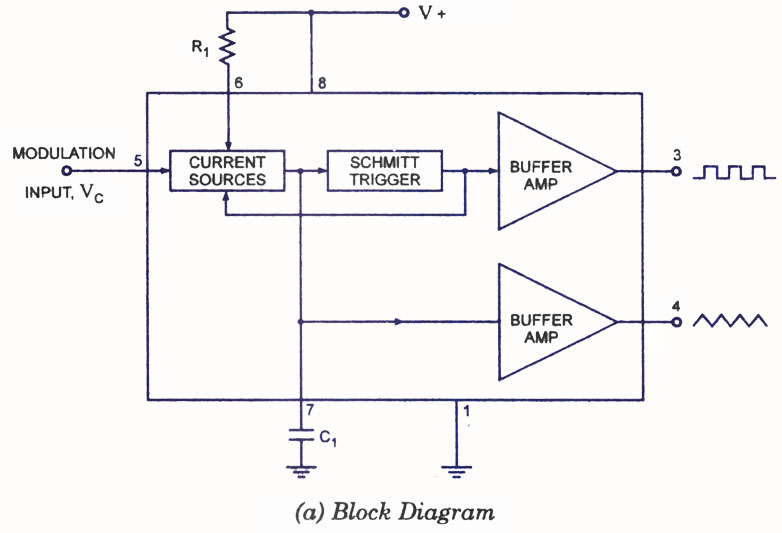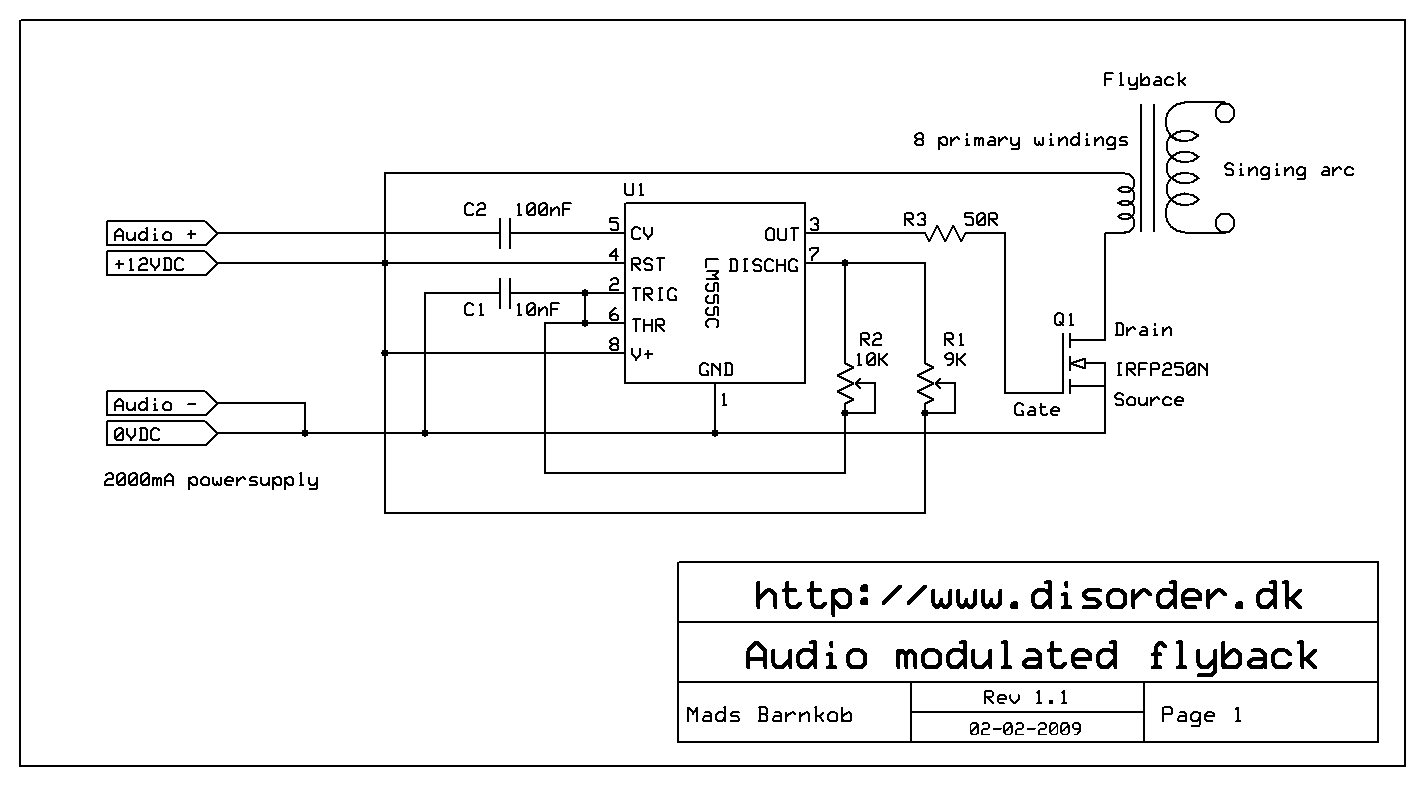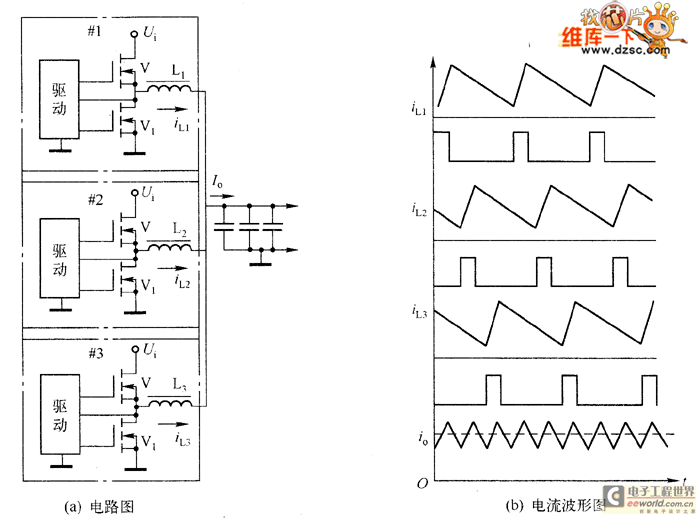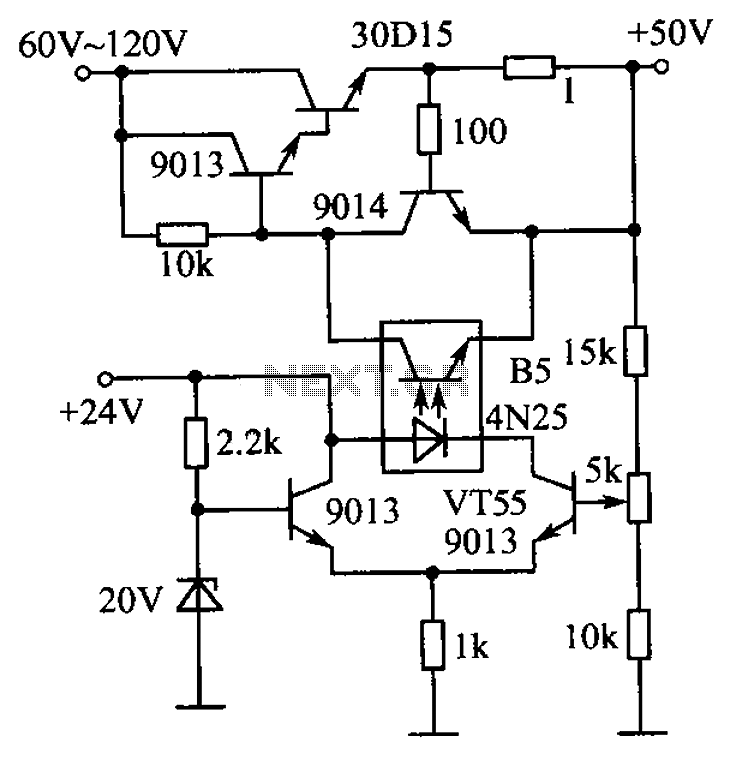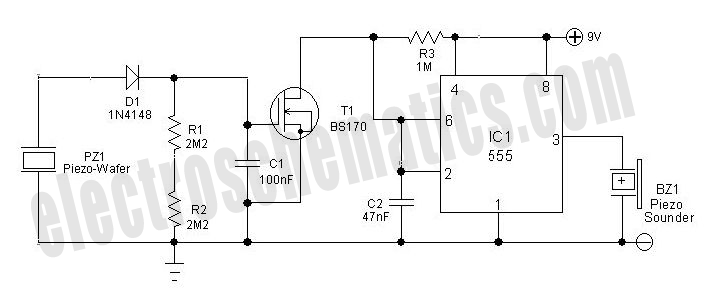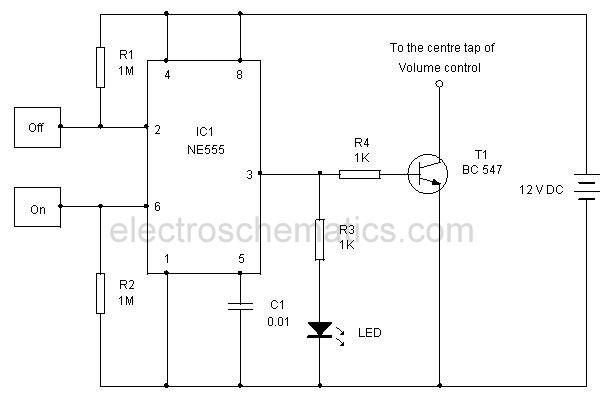
Voltage Controlled Frequency Divider with Variable Division Ratio
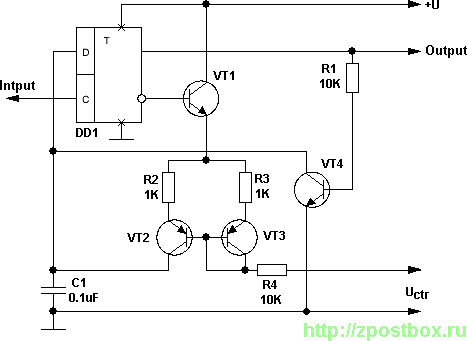
This voltage-controlled frequency divider circuit produces lower frequency pulses that depend on the control voltage, with synchronous rising edges for the input and output pulses. Typically, such frequency dividers utilize a monostable circuit connected between an inverted output and the D-input of a D-flip-flop (DD1). However, in this design, the monostable circuit is replaced with an adjustable delay circuit. This adjustable delay circuit consists of a current mirror circuit based on transistors VT2, VT3, and capacitor C1. The current through transistor VT3 is regulated by the control voltage (Uctr), which is less than half of the supply voltage (U/2), allowing an equal current to flow to the second branch of the current mirror circuit. This current charges capacitor C1, making the charging rate dependent on the voltage Uctr.
In the initial state, the direct output of D-flip-flop DD1 is "on," causing capacitor C1 to discharge through transistor VT4. Concurrently, transistor VT1 is turned off, disengaging the current mirror circuit. When a pulse is applied to the clock input of D-flip-flop DD1, the direct output switches to "off," and the inverted output turns "on." Subsequently, capacitor C1 begins to charge until the voltage at the D-input reaches a high value. The next clock pulse resets the trigger (DD1) for a duration of one period, and this process continues in a repetitive cycle.
The voltage-controlled frequency divider circuit operates by utilizing an adjustable delay circuit that enhances the flexibility of the frequency division process. The current mirror circuit effectively regulates the charging of capacitor C1, which is critical for determining the timing characteristics of the output pulses. The interaction between the D-flip-flop and the adjustable delay circuit allows for precise control over the output frequency based on the applied control voltage.
In practical applications, this circuit can be employed in various digital systems where frequency division is necessary, such as in clock generation, signal processing, and timing applications. The ability to adjust the delay provides additional versatility, enabling the circuit to adapt to different operational requirements. The synchronous nature of the output pulses ensures that the circuit maintains consistent timing relationships, which is essential for reliable performance in digital electronics.This voltage controlled frequency divider circuit (see figure in text) produces pulses of lower frequency that depends on the control voltage, and front edges of input and output pulses are synchronous. Actually, in this type of frequency dividers are used a monostable circuit, connected between an inverted output and D-input of D-flip-flop DD1, b
ut in this design the monostable circuit is replaced with an adjustable delay circuit. The adjustable delay circuit comprises a current mirror circuit, based on transistors VT2, VT3, and capacitor C1. A current through transistor VT3 is controlled by voltage Uctr < U/2, so a current of the same value goes to the second branch of the current mirror circuit.
This current charges the capacitor C1. Therefore, the rate of charging depends on the voltage Uctr. How this frequency divider circuit works. In the initial state, the direct output of D-flip-flop DD1 is "on", so the capacitor C1 is discharged by transistor VT4. In the same time, the transistor VT1 is turned off, so the current mirror circuit is disengaged. When a pulse is applied to the clock input of D-flip-flop DD1, the direct output changes its state to "off", and inverted output - to "on".
The capacitor C1 starts charging until a voltage at D-input reaches high value. The next clock pulse resets the trigger DD1 for the time of one period, and the process repeats over and over again. 🔗 External reference
In the initial state, the direct output of D-flip-flop DD1 is "on," causing capacitor C1 to discharge through transistor VT4. Concurrently, transistor VT1 is turned off, disengaging the current mirror circuit. When a pulse is applied to the clock input of D-flip-flop DD1, the direct output switches to "off," and the inverted output turns "on." Subsequently, capacitor C1 begins to charge until the voltage at the D-input reaches a high value. The next clock pulse resets the trigger (DD1) for a duration of one period, and this process continues in a repetitive cycle.
The voltage-controlled frequency divider circuit operates by utilizing an adjustable delay circuit that enhances the flexibility of the frequency division process. The current mirror circuit effectively regulates the charging of capacitor C1, which is critical for determining the timing characteristics of the output pulses. The interaction between the D-flip-flop and the adjustable delay circuit allows for precise control over the output frequency based on the applied control voltage.
In practical applications, this circuit can be employed in various digital systems where frequency division is necessary, such as in clock generation, signal processing, and timing applications. The ability to adjust the delay provides additional versatility, enabling the circuit to adapt to different operational requirements. The synchronous nature of the output pulses ensures that the circuit maintains consistent timing relationships, which is essential for reliable performance in digital electronics.This voltage controlled frequency divider circuit (see figure in text) produces pulses of lower frequency that depends on the control voltage, and front edges of input and output pulses are synchronous. Actually, in this type of frequency dividers are used a monostable circuit, connected between an inverted output and D-input of D-flip-flop DD1, b
ut in this design the monostable circuit is replaced with an adjustable delay circuit. The adjustable delay circuit comprises a current mirror circuit, based on transistors VT2, VT3, and capacitor C1. A current through transistor VT3 is controlled by voltage Uctr < U/2, so a current of the same value goes to the second branch of the current mirror circuit.
This current charges the capacitor C1. Therefore, the rate of charging depends on the voltage Uctr. How this frequency divider circuit works. In the initial state, the direct output of D-flip-flop DD1 is "on", so the capacitor C1 is discharged by transistor VT4. In the same time, the transistor VT1 is turned off, so the current mirror circuit is disengaged. When a pulse is applied to the clock input of D-flip-flop DD1, the direct output changes its state to "off", and inverted output - to "on".
The capacitor C1 starts charging until a voltage at D-input reaches high value. The next clock pulse resets the trigger DD1 for the time of one period, and the process repeats over and over again. 🔗 External reference
